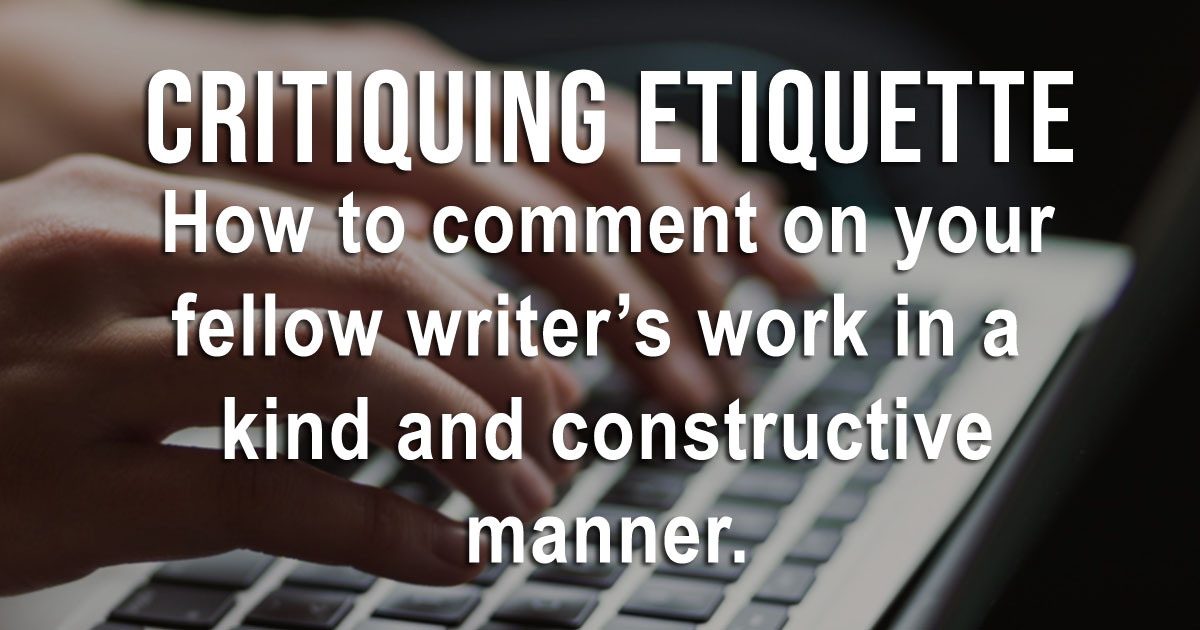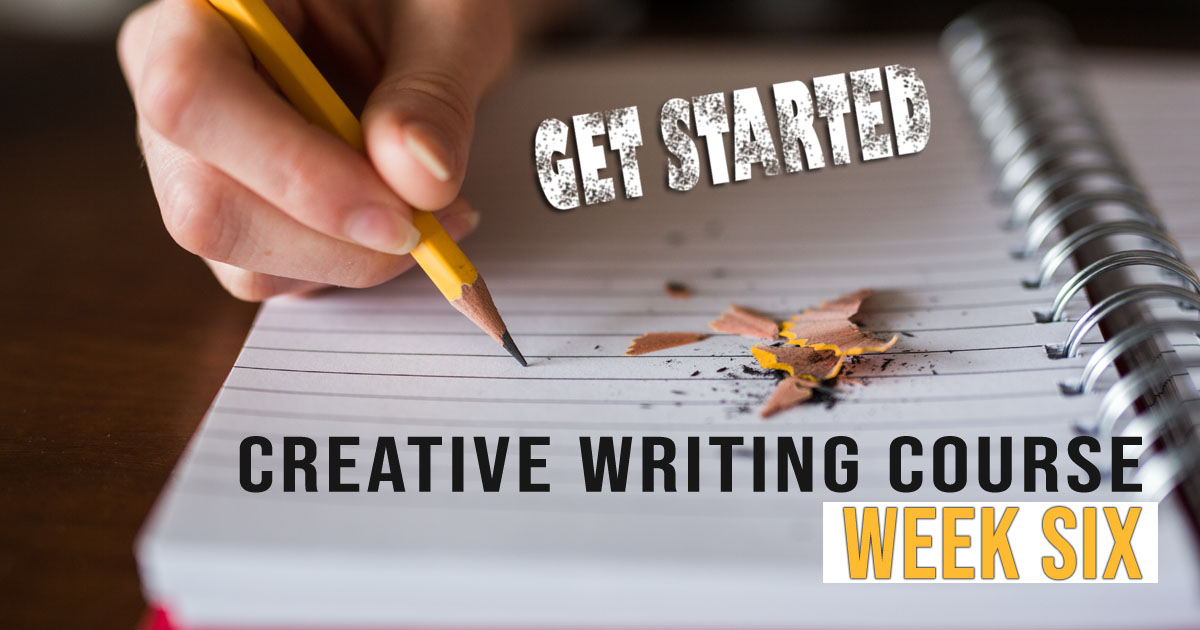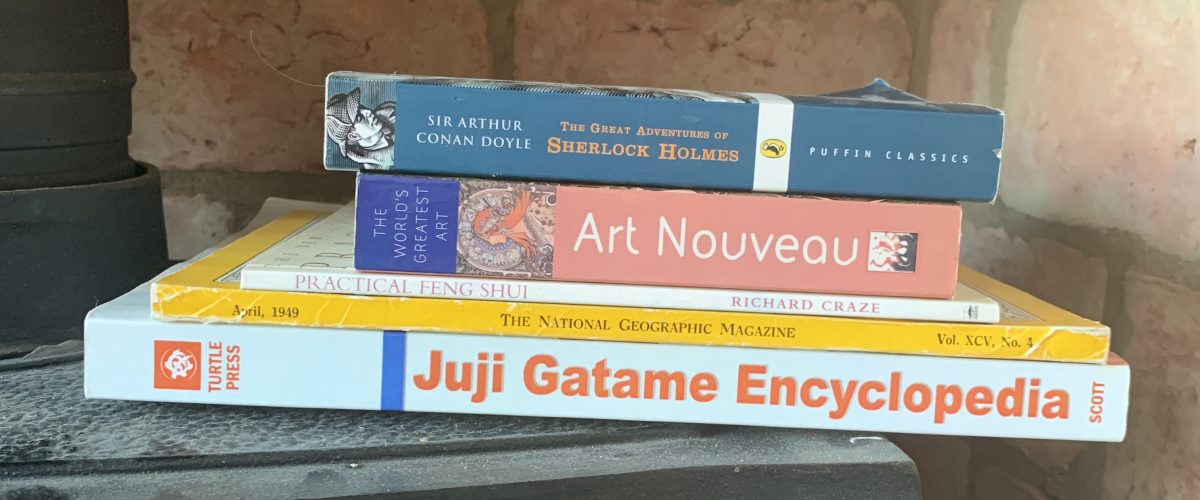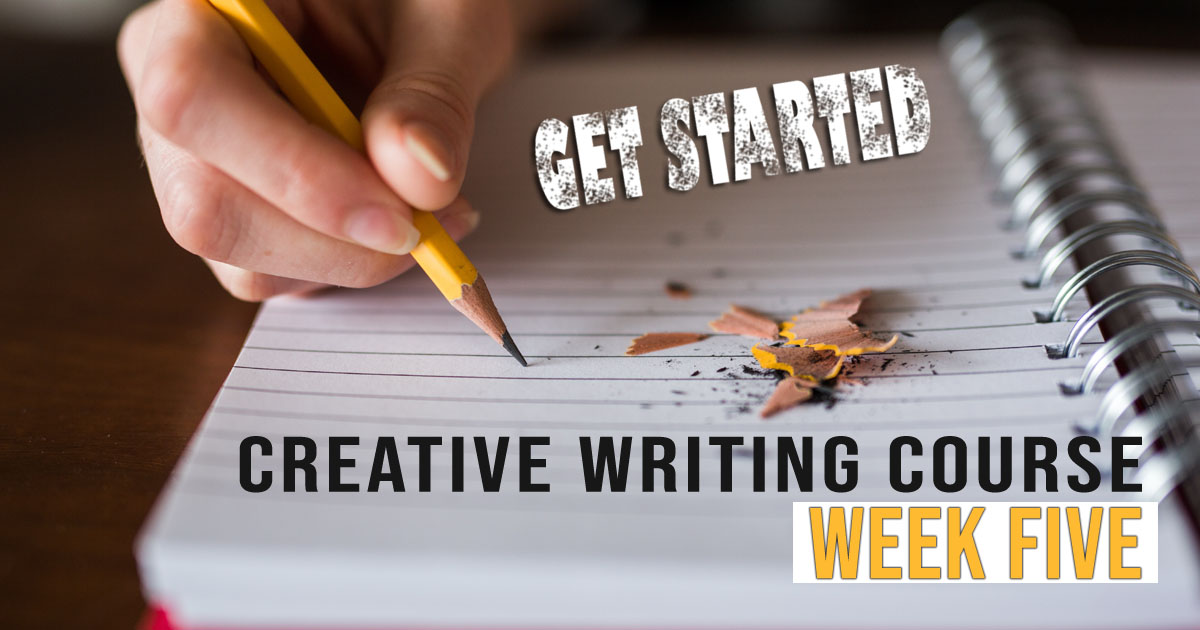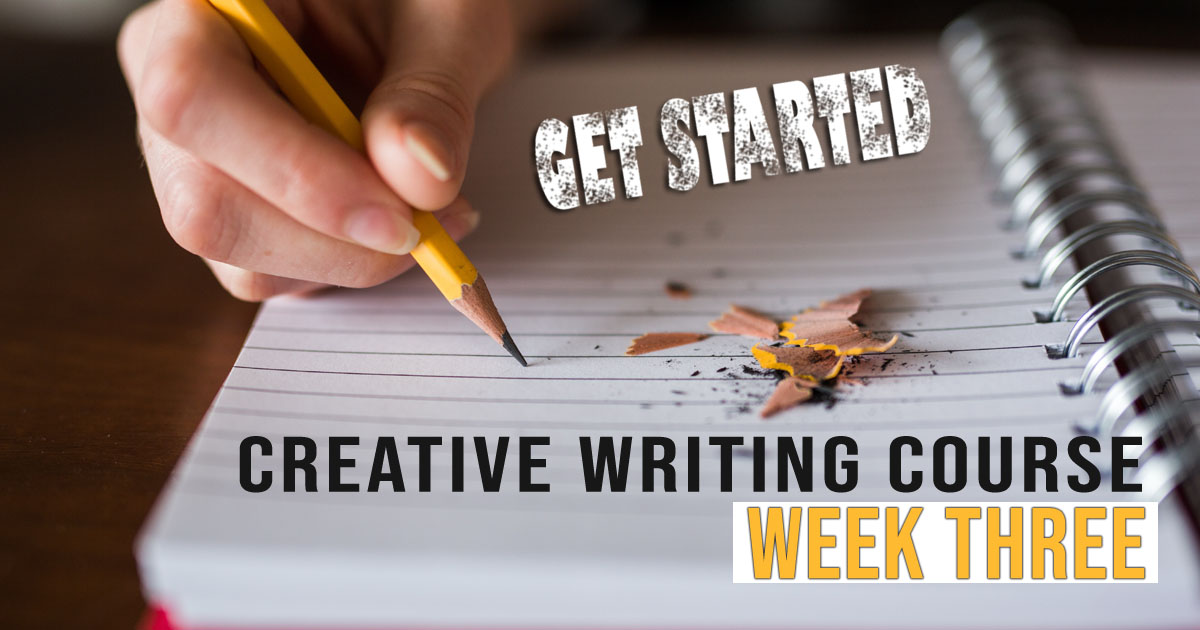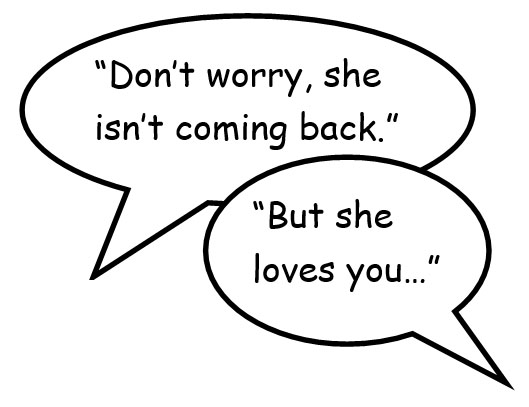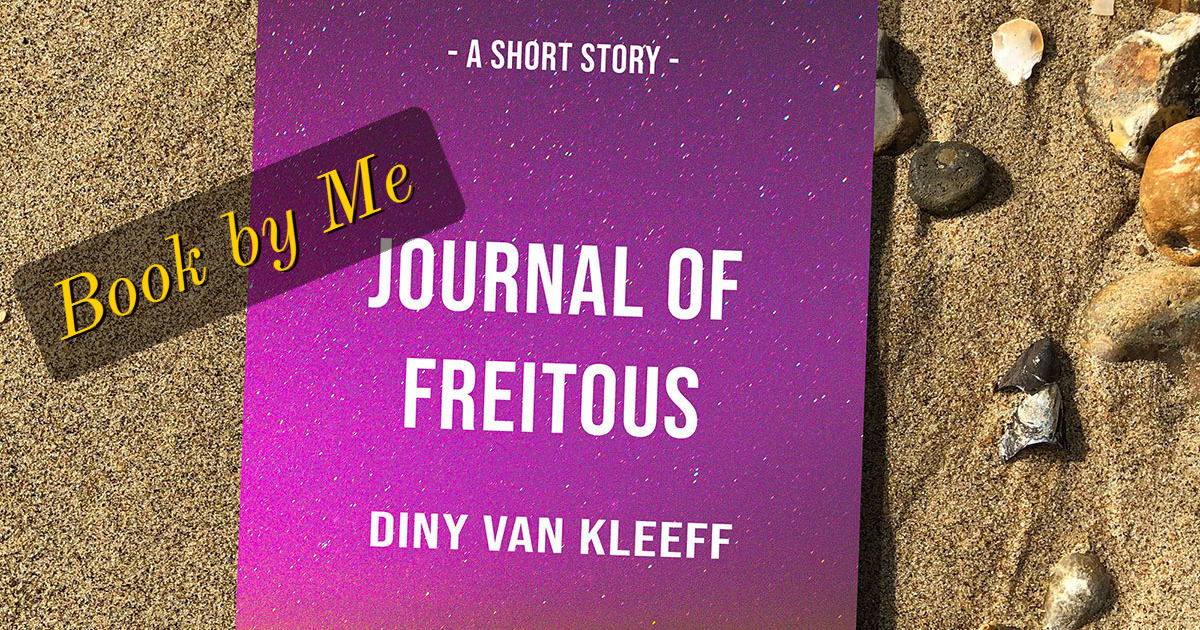My old banger metallicaly clatters,
It’s upholstery looks to be in tatters,
I say the heater gave up years ago,
But then I hardly use it in the snow,
It always starts, and it gets me,
(As they say) from A to B,
The paintwork’s scratched to buggery,
By bored young thugs, (twasn’t me!)
The local thieves look down their noses,
“Wouldn’t be seen dead”, one supposes,
On cold winter morns, my neighbours curse,
Their cars won’t start, but even worse,
Into my banger, I hop, with cheery smile,
Start her up, (they’ll be trying a while)
Pulling on choke and letting theirs flood,
Little understanding of what’s under the hood,
They fret and fume, late for work, they’ll be,
And wonder about my banger and me,
My old girl is pristine, under the bonnet,
Engine kept perfect, not what is on it,
So joyriders don’t touch, looking elsewhere,
I could leave her unlocked, and never a care, Her beat up appearance, fools one and all,
But I get where I’m going, with never a stall,
Putting Army training to an unimagined use,
By camouflaging my old caboose,
She’s sweet to drive, as if on rails,
Starts first time, and never fails,
For hours each week, I tinker around,
Tuning her up to pitch perfect sound,
Her tyres are checked and checked again,
She’ll stop on a sixpence, in torrential rain,
Down the road a mile, I stop and shift,
The 2 rattling cans, you’re getting my drift?
Pull off the tatty, old stretch seat covers,
Remove the scratch decals, that live over,
Her polished body, she looks a treat,
I would really love to keep her this neat,
But where I reside, there no safer way,
To ensure that she is mine to stay,
People see what they want to see,
A tatty old banger, a grey haired old me,
Cars get stolen, all the time in my town,
Insurance goes up, and never comes down,
So take a tip from one who practises stealth,
Don’t be a target, because of your wealth,
‘Tat’ up your Roller or Mercedes Benz,
Tell this to no bugger, not even your friends,
If seen as a shambles, unloved and unkempt,
There’s nothing about it, the ‘low lifes’ to tempt,
Poem by Kerris Milligan
Copyright © 2020 Kerris Milligan
